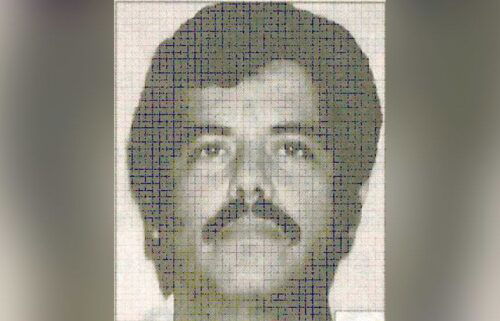Border Patrol to get iris and facial recognition technology
By ABC-7's Darren Hunt
EL PASO, Texas - It's almost like a science fiction movie!
This summer the Department of Homeland Security is going high-tech. It plans to roll out iris and facial recognition technology to the U.S. Border Patrol to help keep the border safe.
The new service will be able to share images with the FBI's massive multi-biometric system. It's all part of an overhaul of the department's "IDENT" system, which currently contains more than 170 million foreigner fingerprints and facial images.
"First we take the picture that we use," said Maria Jimenez, a computer science doctoral candidate at UTEP, who has been working with facial recognition technology similar to that the Border Patrol will soon use. "And that's how we start the experiment."
Border Patrol stations will do the actual collection of images from individuals being processed.
"I think the time has come for that," said Olac Fuentes, an associate professor of computer science at UTEP, who indicated that iris and facial recognition technology has greatly improved the past decade. "Right now we're at the point where computers are just as accurate as humans at doing face recognition, but of course computers don't get tired, computers don't get bored, computers can replicated, so in a sense they can become a very useful aid."
The Department of Homeland Security anticipates the expansion of "IDENT" infrastructure will support the matching of more than 10 million iris and face images. The system already houses pictures of every individual who is finger printed, including those entering the United States and visa applicants.
"You still get about a 97 to 98 percent accuracy, which may be a little low if you think about 10,000 border crossings," Fuentes said. "Two to three percent of that is a fairly significant number. We're talking about hundreds."
Fuentes said, at this point, the limitations of iris and facial recognition technology should be understood.
"The fact the computer says someone is a terrorist is not proof that you are a terrorist and I think everybody understands that," Fuentes told ABC-7. "It may be the computer says, 'This person looks like somebody who is suspicious and maybe we need a person to analyze this situation a little more carefully.'"
Fuentes believes iris and facial recognition technology will continue to get better. He added that he is proud of the fact UTEP is working with this type of technology, which will make the Border Patrol's task easier and more effective.


